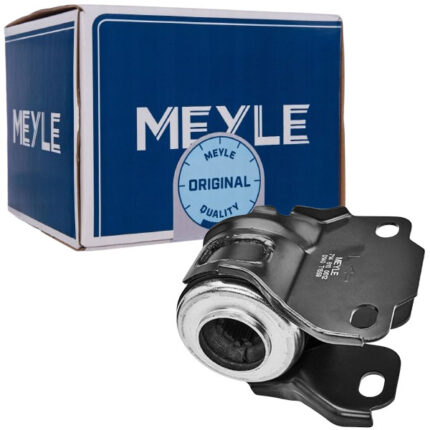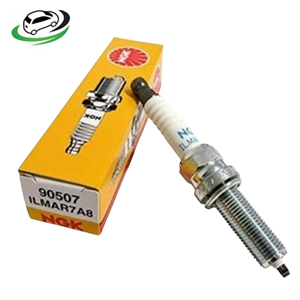-13%
Get Front Lower Big Arm Bush LHS Land Rover Freelander II, Volvo S60,S80, V60,V70,XC70, Ford 714 610 0012, LR007205
The front lower big arm bush, often referred to as the front lower control arm bushing, is a critical component in a vehicle’s suspension system. It connects the front lower control arm to the vehicle’s chassis and helps absorb shocks and vibrations from the road, contributing to a smoother ride and better handling. Here’s an in-depth look at the front lower big arm bush, its functions, types, signs of wear, and maintenance.
Key Functions
- Absorption of Vibrations and Shocks
- Damping: The bushing dampens the vibrations and shocks transmitted from the road to the vehicle’s frame and passengers. It provides a cushion that absorbs road irregularities.
- Noise Reduction: By absorbing vibrations, the bushing also reduces noise, contributing to a quieter ride.
- Improved Handling and Stability
- Control Arm Movement: The bushing allows controlled movement of the control arm, ensuring that the wheel can move up and down while maintaining proper alignment.
- Steering Response: Properly functioning bushings help maintain the alignment of the suspension components, leading to more precise and responsive steering.
- Protection of Suspension Components
- Wear Reduction: The bushing acts as a buffer between the control arm and the chassis, reducing metal-to-metal contact and preventing premature wear of suspension components.
- Alignment Maintenance: By holding the control arm in place, the bushing helps maintain the correct alignment of the suspension system, preventing uneven tire wear and other alignment issues.
Types of Control Arm Bushings
- Rubber Bushings
- Characteristics: Made of durable rubber, these bushings provide excellent damping properties and are commonly used in standard passenger vehicles.
- Pros: Good at absorbing vibrations and providing a smooth ride.
- Cons: Over time, rubber can deteriorate and crack, especially when exposed to harsh weather conditions or contaminants.
- Polyurethane Bushings
- Characteristics: Made of polyurethane, these bushings are more rigid than rubber and provide improved handling and performance.
- Pros: Longer lifespan and better resistance to wear and tear.
- Cons: Can transmit more road noise and vibrations to the cabin compared to rubber bushings.
- Solid or Spherical Bushings
- Characteristics: Made of metal or other rigid materials, these bushings are typically used in high-performance or racing applications.
- Pros: Provide the best handling and performance by eliminating any flex.
- Cons: Can result in a harsher ride and increased noise.
Signs of Worn-Out Bushings
- Clunking or Knocking Noises
- Symptom: Unusual clunking or knocking sounds from the suspension area, especially when going over bumps or making turns.
- Cause: Worn or deteriorated bushings allow excessive movement of the control arm, leading to metal-to-metal contact.
- Vibration and Harshness
- Symptom: Increased vibrations felt through the steering wheel or cabin, particularly when driving on rough roads.
- Cause: Deteriorated bushings fail to absorb road vibrations effectively.
- Poor Handling and Steering Response
- Symptom: The vehicle feels loose or unstable, and there is a noticeable decrease in steering precision.
- Cause: Worn bushings can cause the control arm to move excessively, affecting alignment and handling.
- Uneven Tire Wear
- Symptom: Tires show uneven wear patterns, often more pronounced on the inside or outside edges.
- Cause: Misalignment due to worn bushings leads to improper tire contact with the road.
Maintenance and Replacement
- Regular Inspection
- Visual Check: Periodically inspect the bushings for signs of wear, cracking, or deterioration.
- Professional Inspection: Have a mechanic inspect the suspension system during regular maintenance visits.
- Replacement Intervals
- Manufacturer’s Guidelines: Follow the vehicle manufacturer’s recommended replacement intervals.
- Condition-Based: Replace bushings based on their condition, especially if symptoms of wear are present.
- Replacement Procedure
- Tools Required: Replacement typically requires specific tools, including a press or bushing removal tool.
- Professional Service: Due to the complexity and need for proper alignment, having a professional mechanic perform the replacement is often recommended.
Follow us on Facebook For more parts.



